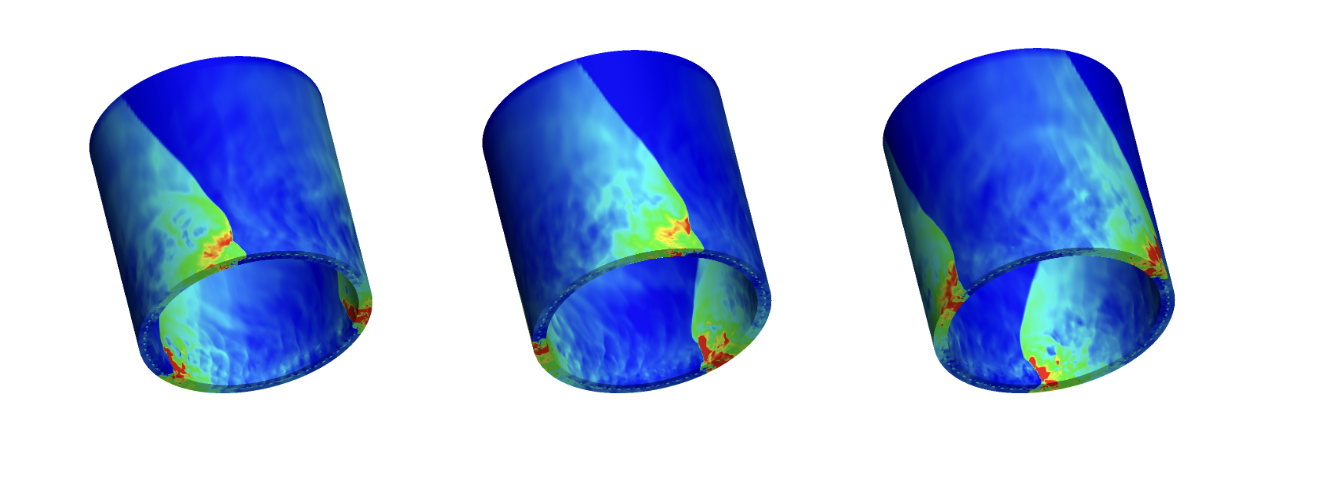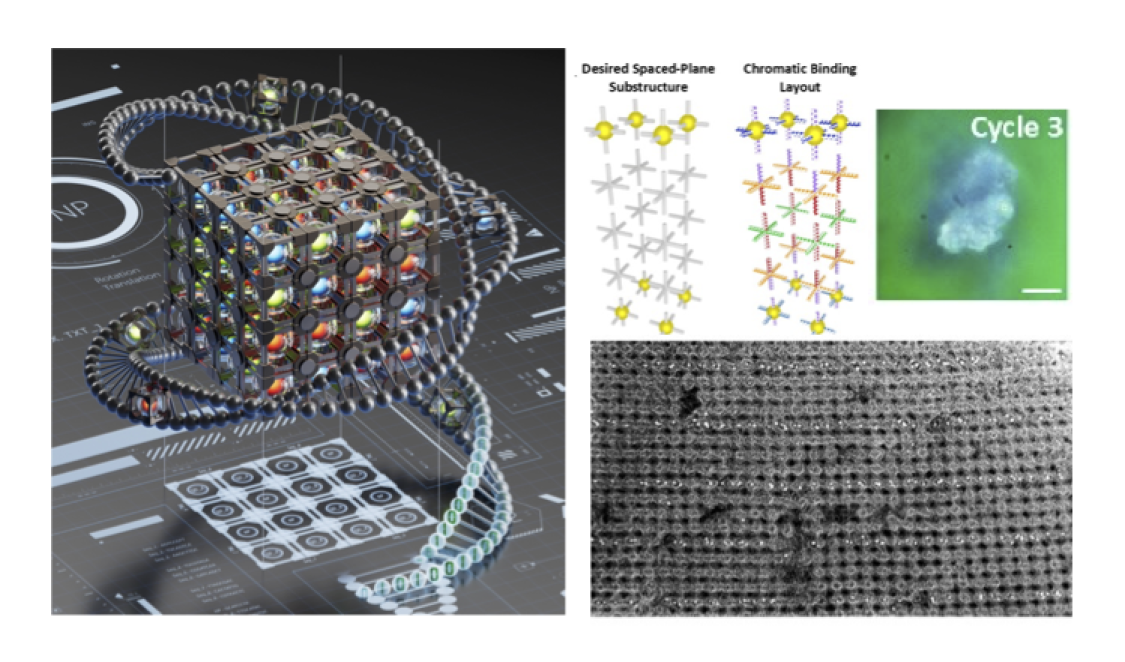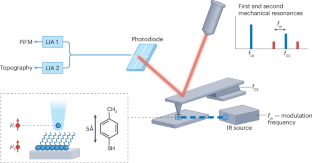2025-07-07 テキサス大学オースチン校(UT Austin)

These plots show the pressure fields over time for a rotating detonation rocket engine, where the detonation wave rotates around the annulus of the engine and creates thrust. Credit: Farcas
<関連情報>
- https://oden.utexas.edu/news-and-events/news/90000x-Faster-Breakthrough-Cuts-Rocket-Engine-Simulations-from-Days-to-Seconds/
- https://www.sciencedirect.com/science/article/abs/pii/S0010465525001213
スケールの大きな物理ベースのデータ駆動型縮小モデリングのための分散コンピューティング: 回転起爆ロケットエンジンへの応用 Distributed computing for physics-based data-driven reduced modeling at scale: Application to a rotating detonation rocket engine
Ionuţ-Gabriel Farcaş, Rayomand P. Gundevia, Ramakanth Munipalli, Karen E. Willcox
Computer Physics Communications Available online: 14 April 2025
DOI:https://doi.org/10.1016/j.cpc.2025.109619
Abstract
High-performance computing (HPC) has revolutionized our ability to perform detailed simulations of complex real-world processes. A prominent contemporary example is from aerospace propulsion, where HPC is used for rotating detonation rocket engine (RDRE) simulations in support of the design of next-generation rocket engines; however, these simulations take millions of core hours even on powerful supercomputers, which makes them impractical for engineering tasks like design exploration and risk assessment. Data-driven reduced-order models (ROMs) aim to address this limitation by constructing computationally cheap yet sufficiently accurate approximations that serve as surrogates for the high-fidelity model. This paper contributes a distributed memory algorithm that achieves fast and scalable construction of predictive physics-based ROMs trained from sparse datasets of extremely large state dimension. The algorithm learns structured physics-based ROMs that approximate the dynamical systems underlying those datasets. This enables model reduction for problems at a scale and complexity that exceeds the capabilities of standard, serial approaches. We demonstrate our algorithm’s scalability using up to 2,048 cores on the Frontera supercomputer at the Texas Advanced Computing Center. We focus on a real-world three-dimensional RDRE for which one millisecond of simulated physical time requires one million core hours on a supercomputer. Using a training dataset of 2,536 snapshots each of state dimension 76 million, our distributed algorithm enables the construction of a predictive data-driven reduced model in just 13 seconds on 2,048 cores on Frontera.



